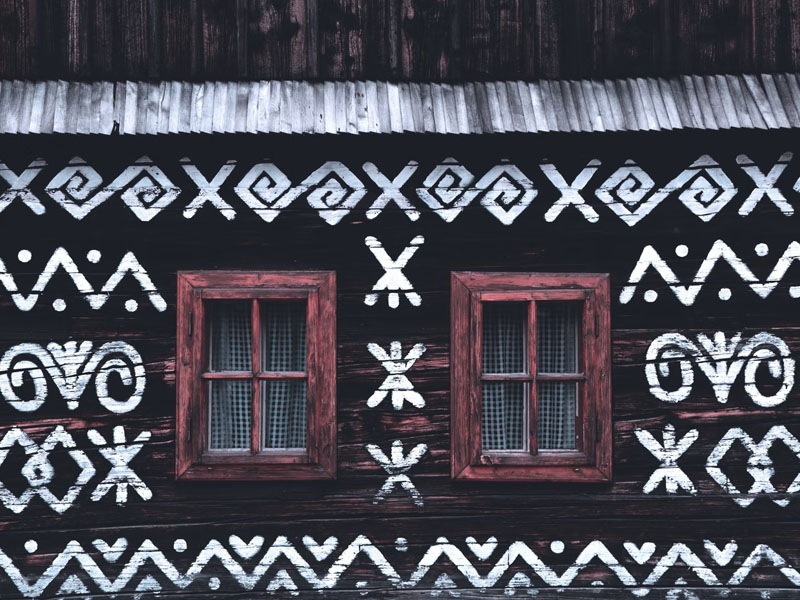A Word from the Editor - Shedding light on the present and future status of folk culture at IOV’s Scientific Conference 2019
Issue 45

Using the six official languages of the United Nations, the Secretariat of the International Organization of Folk Art (IOV) – which is headquartered in Bergamo, Italy – invited researchers from around the world to participate in IOV’s Scientific Conference 2019 – ‘Folk Culture: Present and Future Pathways’ – which coincides with the IOV World General Assembly in Sharjah, UAE in April 2019.
Scientists, researchers and professors in 163 countries sent in more than 600 abstracts. The variety in the researchers' ideas revealed obvious differences in folk culture’s present and future status in different countries; in some countries, there is still a need to collect, record, preserve and care for folk culture and to make it appealing to different generations.
Unfortunately, most of the Arab countries were among those unable to record and preserve their cultural assets in accordance with scientific principles. These countries are trying to collect travellers’ notes and records and other lost assets. Other Arab countries are halfway through this process; with great passion and effort, some of their faithful citizens have collected, documented, recorded and published valuable oral material. The most important examples of this work were discussed in academic theses or by professors or experts in the field. It is also important to note that amateur enthusiasts provided raw material.
The research from these countries refers to the difficulties of field collection, documenting and publishing, issues that have long been resolved in other parts of the world. These countries still struggle to collect, document and publish folk culture although – in some Arab countries – many poets, playwrights and musicians are inspired by heritage.
This can be inferred from the abstracts of researchers from countries that are still in the collecting and initial writing stages rather than the classification and documentation stages. Most of the abstracts from Western Europe and some Eastern European countries suggest that researchers have completed those stages, and that they are beginning to research issues related to modern technology and heritage materials, including ways to use media to communicate with younger generations without abandoning the spirit of folk heritage.
Some of the abstracts describe experiences related to involving several generations of people in folk art festivals; instruments have been adapted to play traditional music, and costumes made with new fabrics are lighter and are more suitable for folk dances. Some abstracts offer new insights into ways of dealing with heritage material and its main sources, re-examining certain concepts and expressions. These efforts create new prospects for folk culture.
The abstracts and studies submitted for this scientific conference refer to different methodologies; this is evidence of the disparities in the levels of attention and care for the folk culture of different peoples.
Although governments that belong to the United Nations Educational, Scientific and Cultural Organization (UNESCO) are supposed to implement UNESCO’s clear agenda by encouraging the protection and preservation of tangible and intangible cultural heritage, there is a gap between what these countries should do and what actually happens. Rather than sending experts, most countries fill their seats at UNESCO meetings with delegations of staff members who have no interest in the topic.
Ali Abdullah Khalifa
Editor-in-Chief







































































